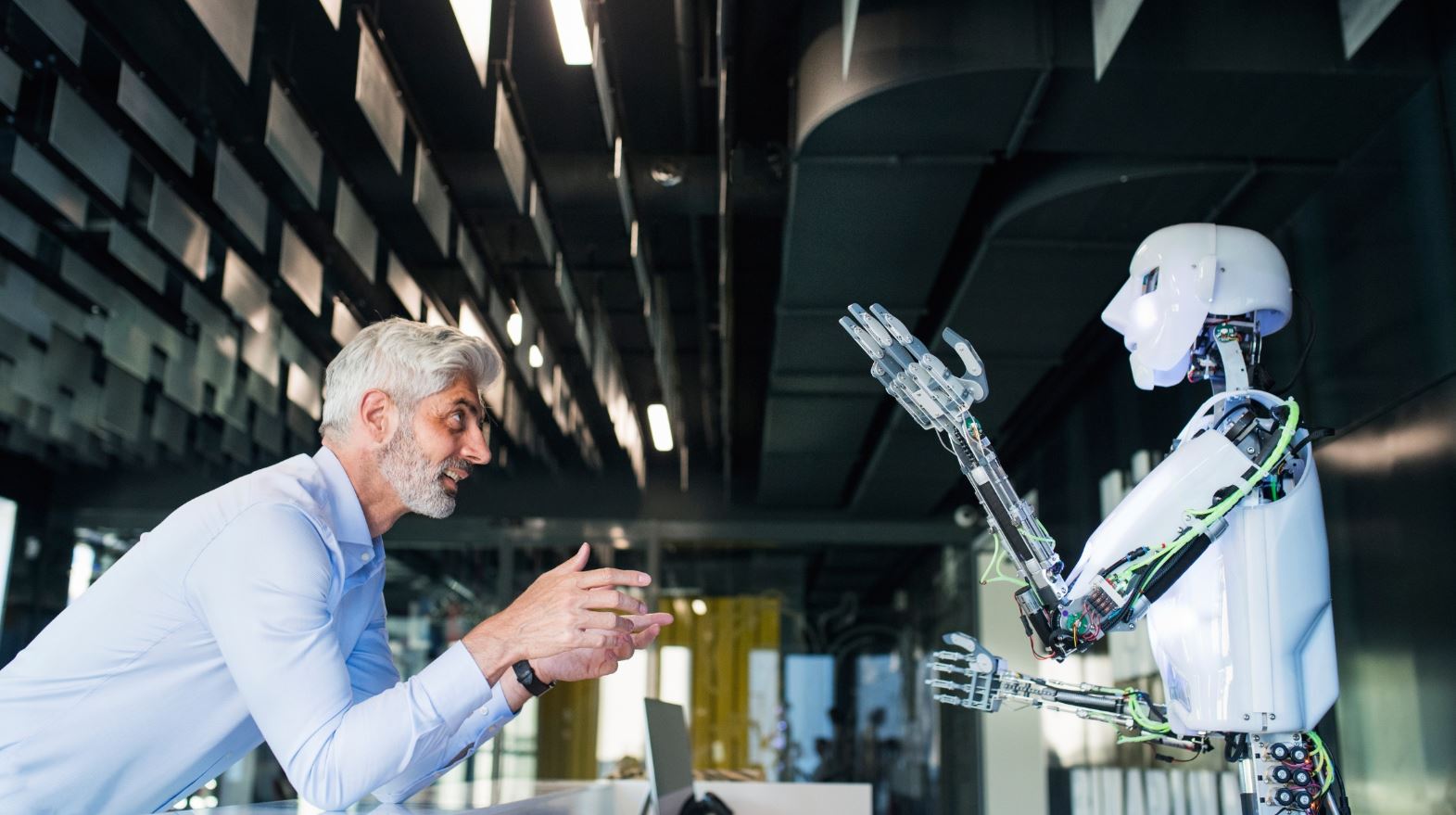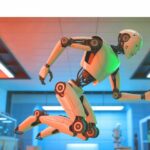 Imagine a team where every member understands not just the task but also the intentions behind each move. That’s the promise of HUMAC, a new framework developed by researchers at Duke and Columbia Universities. Just as bees, ants, and starlings work together in nature, HUMAC empowers robots with a form of human insight—what psychologists call Theory of Mind—to predict actions and coordinate effectively.
Imagine a team where every member understands not just the task but also the intentions behind each move. That’s the promise of HUMAC, a new framework developed by researchers at Duke and Columbia Universities. Just as bees, ants, and starlings work together in nature, HUMAC empowers robots with a form of human insight—what psychologists call Theory of Mind—to predict actions and coordinate effectively.
Boyuan Chen from Duke University explains that humans typically develop this cognitive skill around the age of four. While robots have traditionally struggled in this area, HUMAC allows them to learn from strategic moments of human guidance rather than relying on slow, trial‐and‐error methods like reinforcement learning or costly imitation learning. This means a single human can train a team of robots to work together seamlessly, whether it’s for disaster response or other complex tasks.
The team tested HUMAC in a hide-and-seek experiment. Without any collaboration, the seeker robots scored only a 36% success rate. With HUMAC in play, their performance soared to 84% in simulations and 80% in real-world tests. As Zhengran Ji, a graduate student at Duke, put it, the robots started behaving like true teammates. Such results open up exciting opportunities for real-world applications, where a few human experts could efficiently manage swarms of robots during emergencies and beyond.
Looking ahead, Chen envisions a future where artificial intelligence becomes not just a tool but a trusted colleague. With HUMAC, we’re taking a significant step toward blending human insight with machine efficiency, paving the way for safer, more responsive collaborations in diverse environments.








